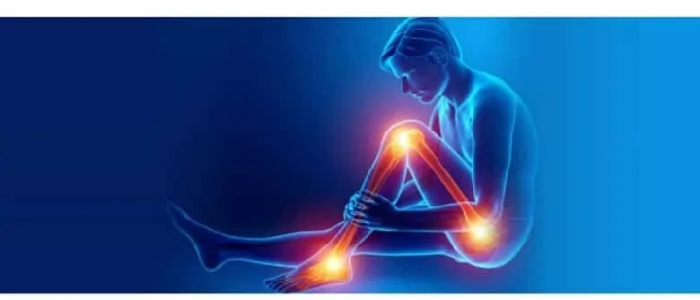The lockdown forced by the coronavirus in India has had some unexpected but positive fallouts: It has brought families together and reduced corporate politics, says an expert working in the field for the past decade.
"Today the whole world is on lockdown because of COVID-19, and all that we read, talk and hear is about life and death. We can't deny that the times are tough and the future is uncertain. But I would like to turn the coin and see the other side: the positive side," Shikha Mittal, Founder Director of Be.artsy told IANS in an interview.
Be.artsy is one of India's leading social awareness enterprises which deals with emotions at work and promotes arts as a communication tool for workplaces.
"In the 21st century, personally and professionally, people are practising politics over humanity, competition over collaboration, and have lost touch with themselves due to materialistic desires. During the lockdown, we are forced to confront our existing daily lives, and two interesting things that we can ponder upon, have emerged.
"First, have we ever looked at our family with the same lens as we are using today? What is it that we are doing differently with family today, and what can we do to carry our actions of today into our tomorrow? This is the premise of the #aajjaisakalcontest" that Be.artsy has launched across India.
The aim is "to encourage people to share one habit or life skill that they never practiced earlier, but post Covid-19 would like to continue and enjoy".
How did Be.artsy come about?
"I used to be in the corporate world, earning promotions and greater responsibility. However, the work conditions in those days were unfriendly to women and I had faced many instances of sexual harassment and workplace harassment in the six years of my corporate career. And that's when I had an epiphany."
Be.artsy's most popular programmes are on Prevention of Sexual Harassment (POSH) and on Financial Literacy which makes young people financially independent and better prepared to face the corporate world. "We know that a stitch in time (of planning for the future) saves nine (debt trap, dependence, health emergencies, expenses exceeding income, no savings, families without support, retirement in poverty, lost dreams, extravagance). This can only be achieved by sensitisation," Mittal explained.






Comments
Add new comment